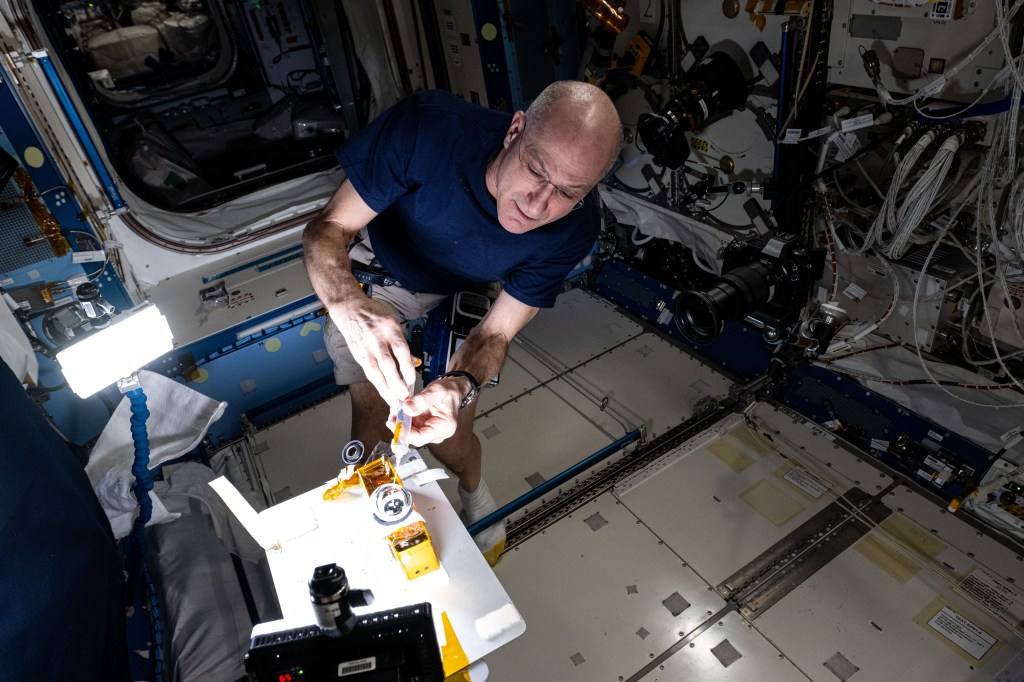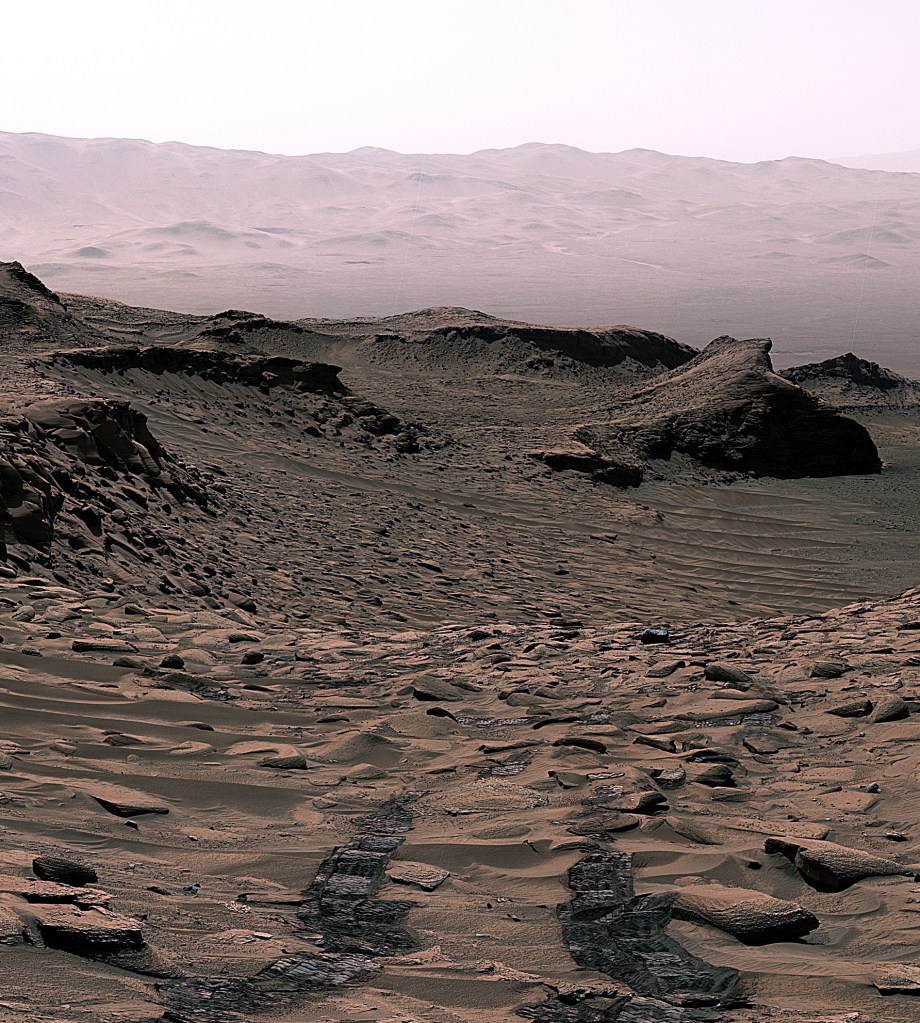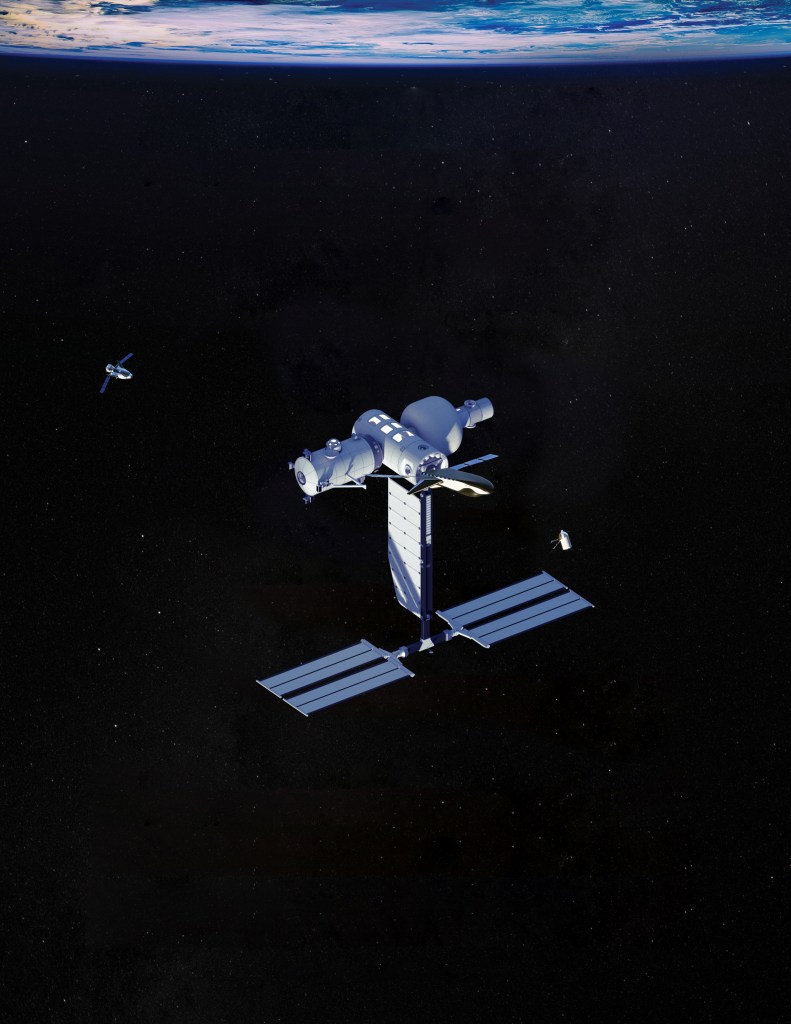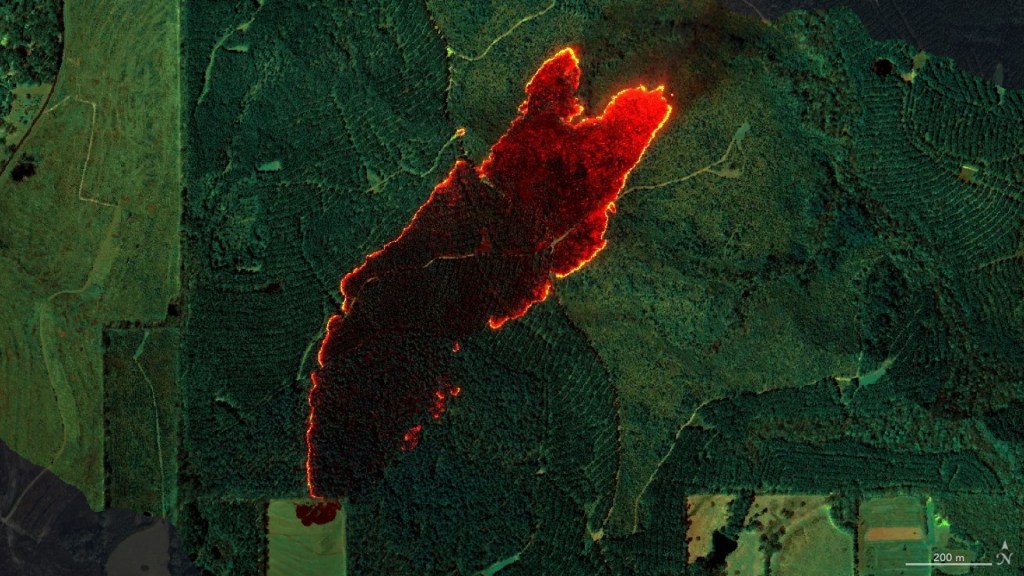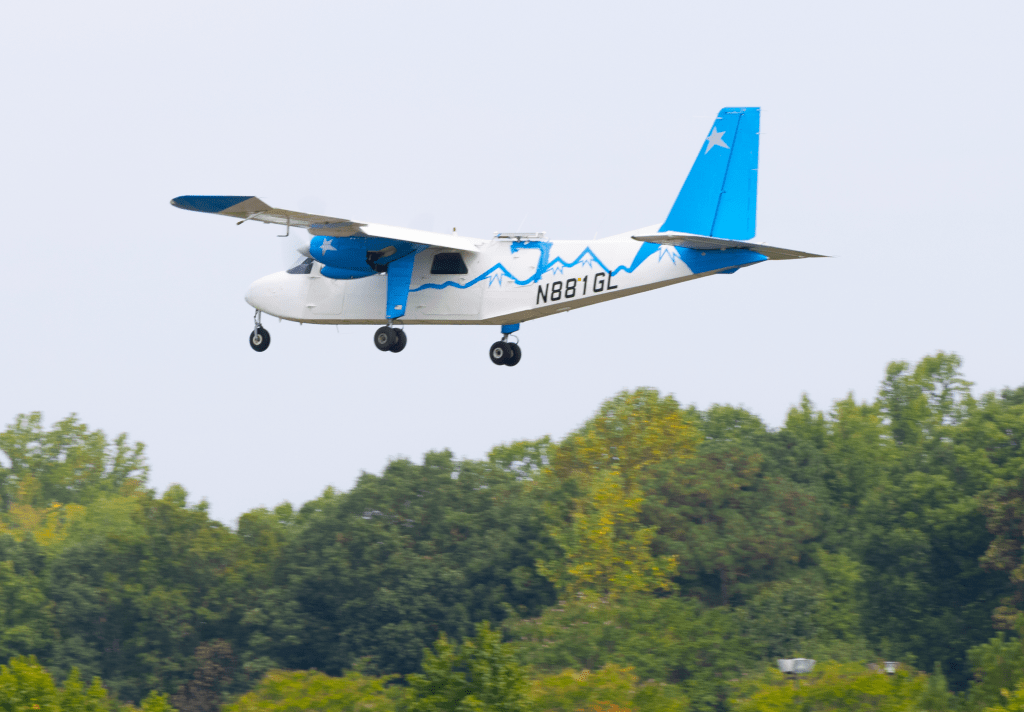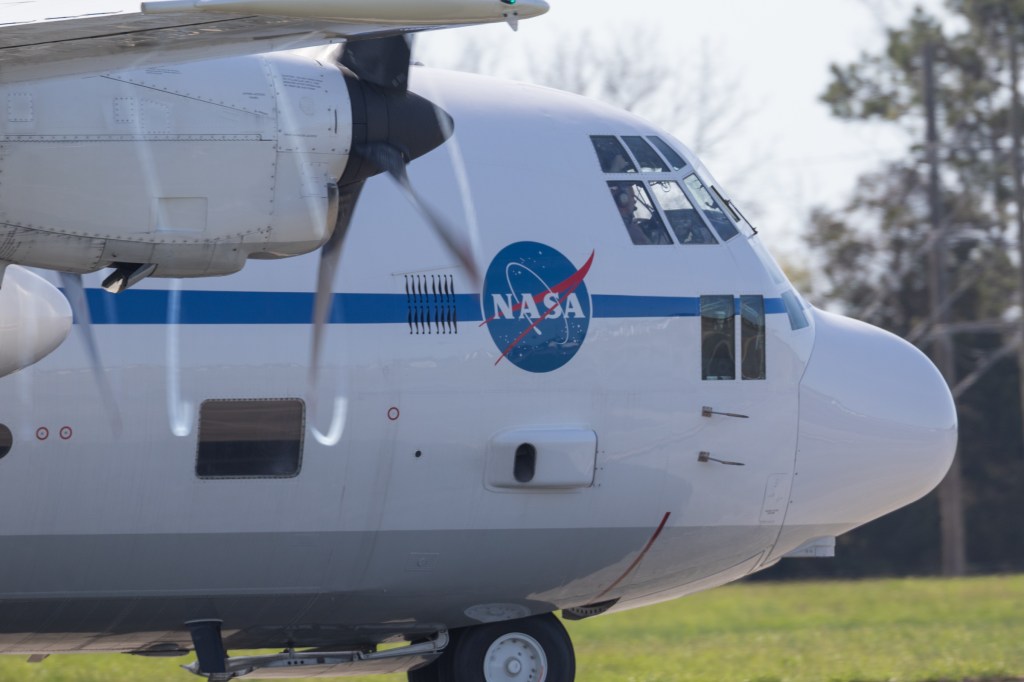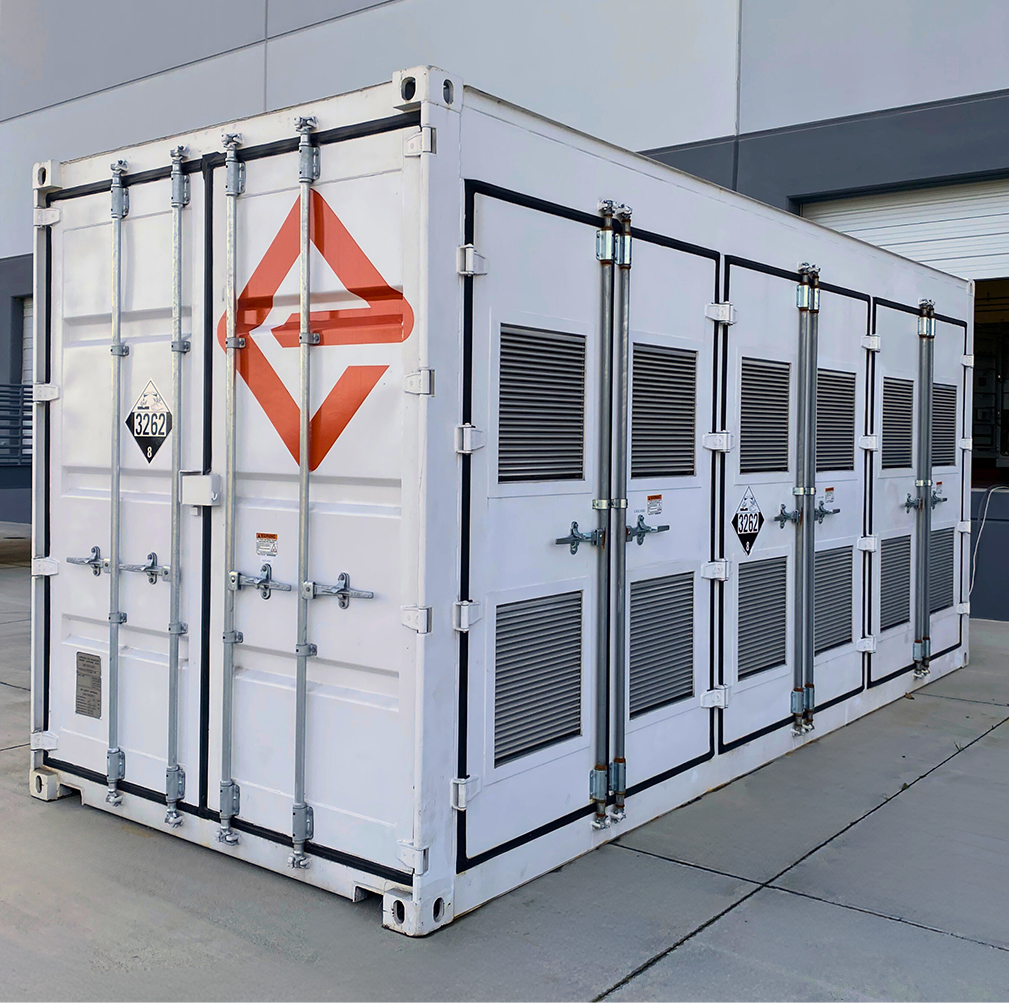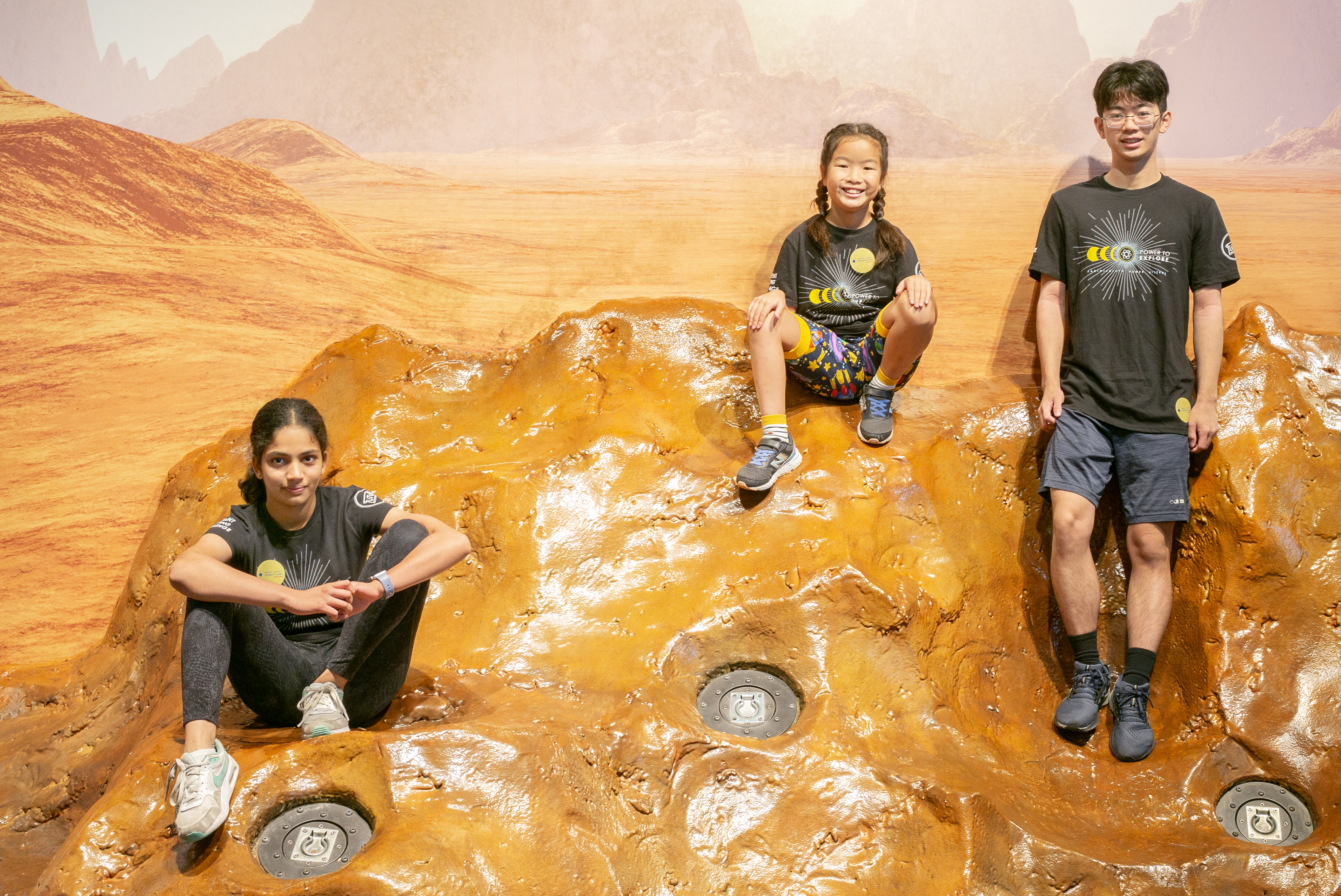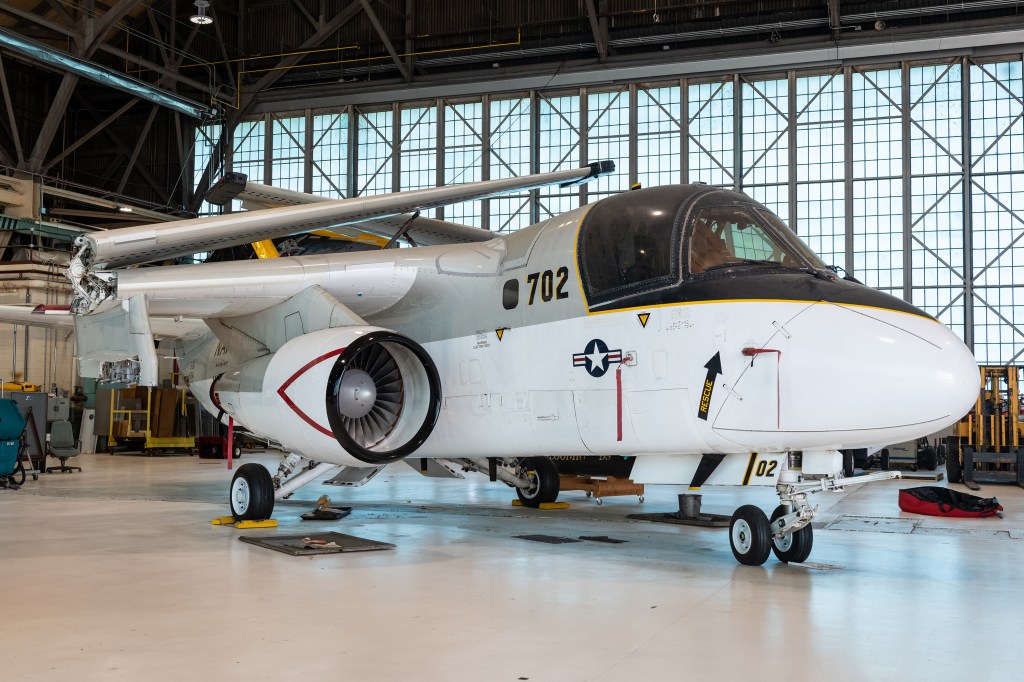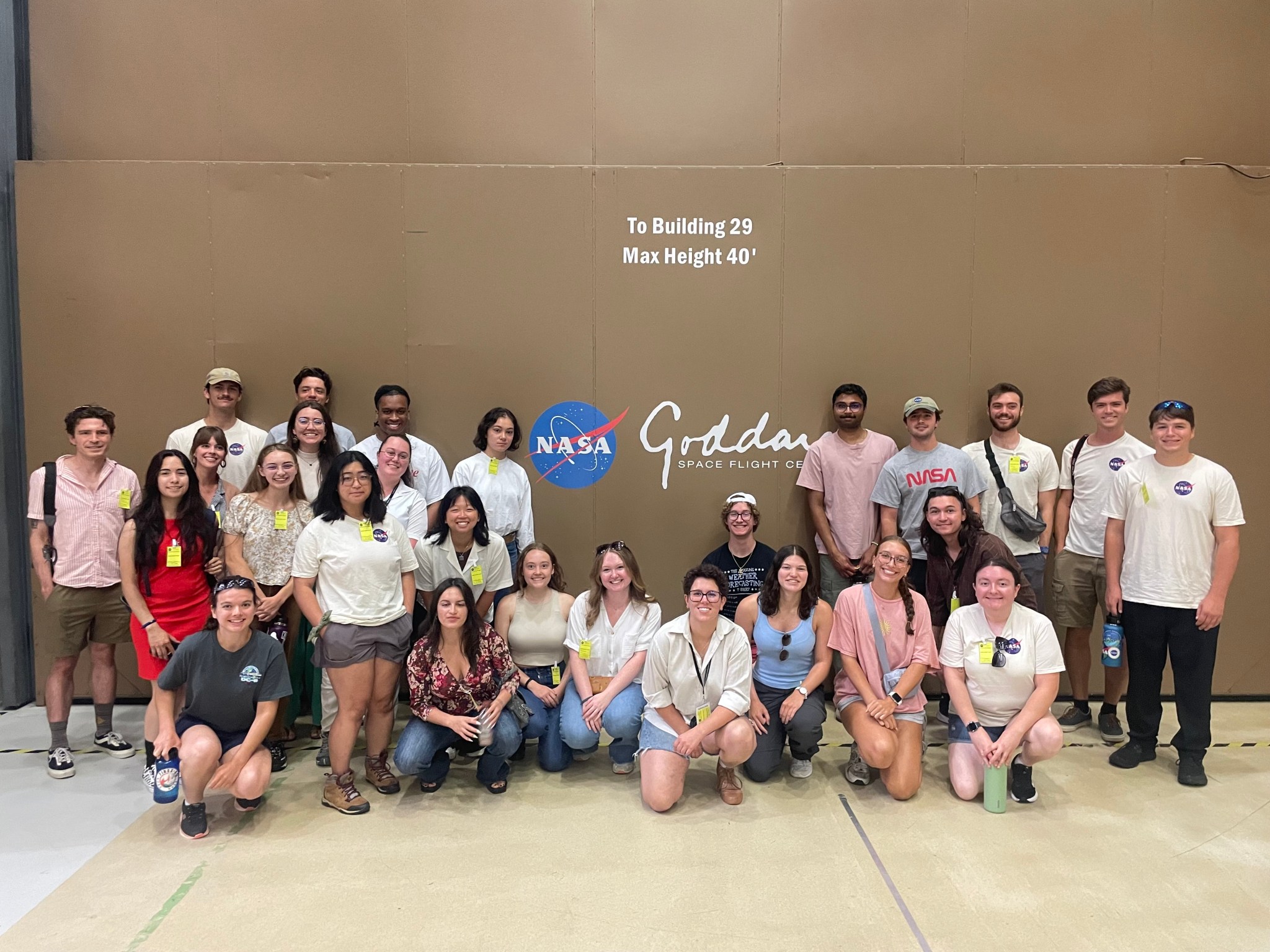Editor’s note: this article was updated on November 22, 2024, to include information from the SARP East Closeout.
In August, 2024, 47 students from NASA’s Student Airborne Research Program (SARP) gathered to present their final research, split between the University of California, Irvine (UCI) on the West Coast and NASA Langley Research Center on the East Coast.
SARP is an eight-week summer internship for undergraduate students, hosted in two cohorts: this year SARP West operated out of Ontario Airport and UCI in California, while SARP East operated out of Wallops Flight Facility and Christopher Newport University in Virginia. After research introductions from faculty, instrument scientists, and staff, students are assigned to a research team in the areas of atmospheric science, ocean biology, or terrestrial ecology. Each group is led by a faculty researcher who is a specialist in that field, along with a graduate student mentor. Over the course of the summer, under the direction of the Faculty researcher, each intern develops their own research project using the data that they collected and analyzed from the field component of the program.
“You really see them become scientists in their own right,” said Stephanie Olaya, SARP Project Manager. “A lot of these projects are at the graduate level: they are making important contributions in Earth Science research and applications. They don’t even realize the magnitude of the things they’ve accomplished until the end of the program.”
You really see them become scientists in their own right. A lot of these projects are graduate level: they are making important contributions in Earth Science research and applications.
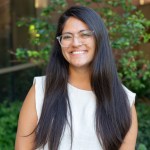
Stephanie olaya
SARP Project Manager
Research is not the only focus of the program, however. Throughout the program, the students not only get to experience a typical field campaign, but also grow in confidence and develop a strong sense of camaraderie with their peers. Olaya says building a sense of community is an important aspect of the program, which bonds the student cohort through shared interests, communal living, and regular group dinners and outings, in addition to the hours of team fieldwork, data collection, and laboratory analysis.
The summer of research culminates in August with the final presentations, which are a another critical element of the program as they teach students how to communicate scientific research and results. Both the East Coast and West Coast presentations are attended in person by mentors, professors, and NASA personnel, and online by families and friends.
The final event of the summer finished with remarks by Barry Lefer, SARP Program Scientist. “I want to welcome you to the SARP family,” Lefer said, “and to the NASA family.”
To watch videos of these student’s presentations and/or read their research abstracts, please follow the links below.



